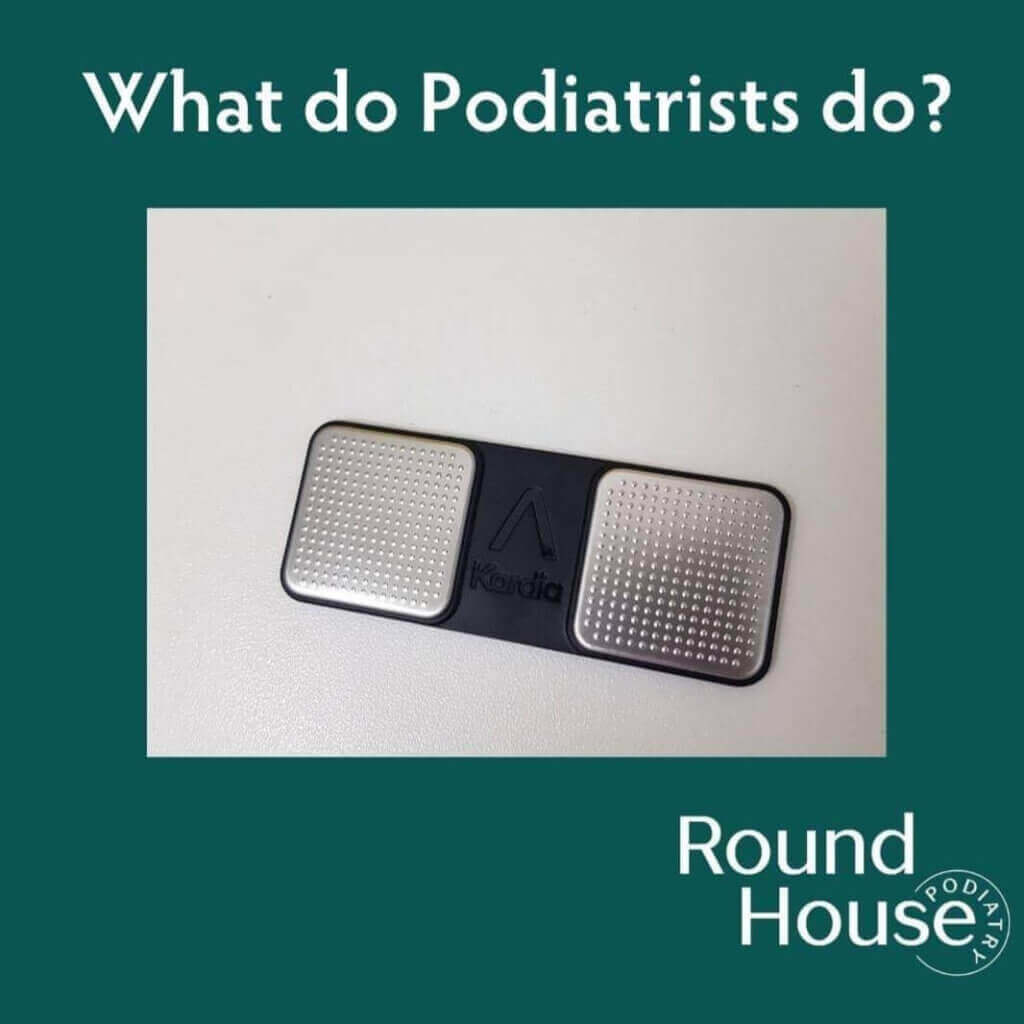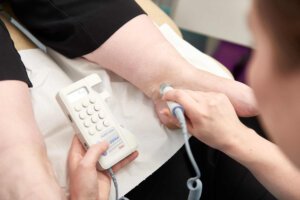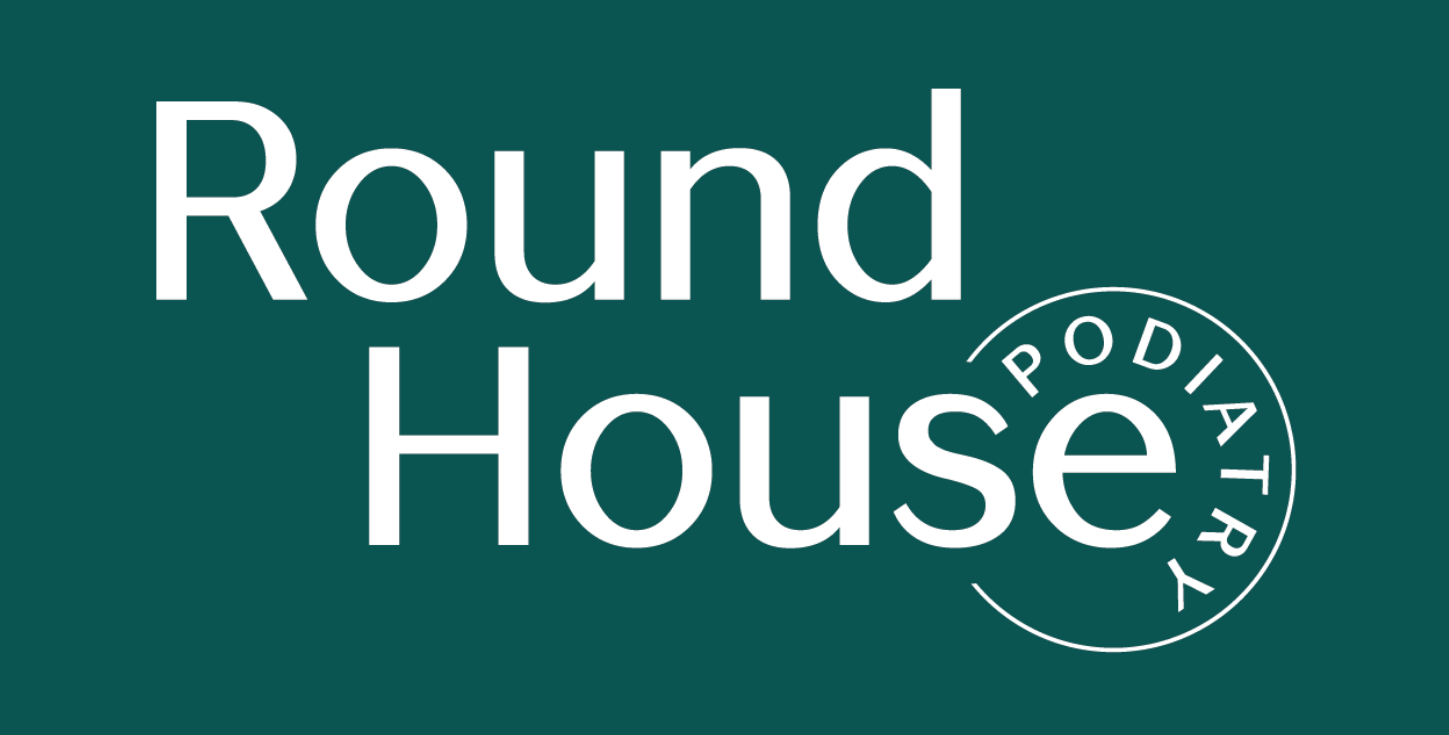
Kardia Mobile – Why do we use it?
How do Podiatrists detect an irregular pulse before they use Kardia Mobile?
Our policy in our foot and ankle clinic is that all new patients over the age of 50 (or below if there is a clinical reason to do so) will have the circulation to their feet checked using a doppler.
A doppler allows us as Podiatrists to listen to not only the quality of the pulse and therefore assess the blood flow to the feet, but also the pulse rhythm.

Occasionally, when we are listening to a pulse, we can hear that it is slightly irregular. There are lots of reasons why a pulse can be irregular, but all are worth checking out. To help us investigate, we use Kardia Mobile. So what is it any why do we use it?
What happens then? Why do we use Kardia Mobile?
If we detect an irregularity in a pulse, then we can use our KardiaMobile device to record a short ECG. Kardia is a small sensor that detects the pulse in the fingertips.
It takes 30 seconds to record an ECG, and involves placing both thumbs or forefingers onto the sensors of the Kardia Mobile device. The 30 second long ECG is saved on our clinic mobile phone and can be emailed directly to a patient’s GP for them to assess and follow up.
Kardia can detect some of the most common heart rhythm irregularities such as atrial fibrillation (AF), bradycardia and tachycardia.
According to the Stroke Association, around 1.2 million people in the UK have AF. AF increases the risk of blood clots developing in the heart, which can potentially lead to strokes, in fact you are 5 times more likely to have a stroke if you have AF.
By checking pulse irregularities in clinic, then hopefully we can help prevent strokes. It’s not just nails, corns and verrucae for Podiatrists!
If you want to know more about AF and strokes, you can read here
For more information about Podiatry and circulation - check out our blog here
Frequently Asked Questions (FAQs)
A podiatrist checks for blood circulation by Using a Doppler device to listen to the blood flow in the arteries and identify any blockages or abnormalities.
KardiaMobile can detect:
1. Atrial Fibrillation (AFib): An irregular and often rapid heart rate.
2. Bradycardia: A slower than normal heart rate.
3. Tachycardia: A faster than normal heart rate.
4. Normal Sinus Rhythm: Confirmation that the heart rhythm is normal.
Yes, KardiaMobile is generally considered accurate for detecting heart rhythm irregularities. It is clinically validated and has been shown to provide reliable ECG readings that can be comparable to standard 12-lead ECGs in many studies.
Anna Conway
BSc (Hons), MCPod, SRCh, PGcert Podiatry
Owner, Lead Podiatrist


[…] For more information on what we can do once we've done your doppler assessment – read more here […]